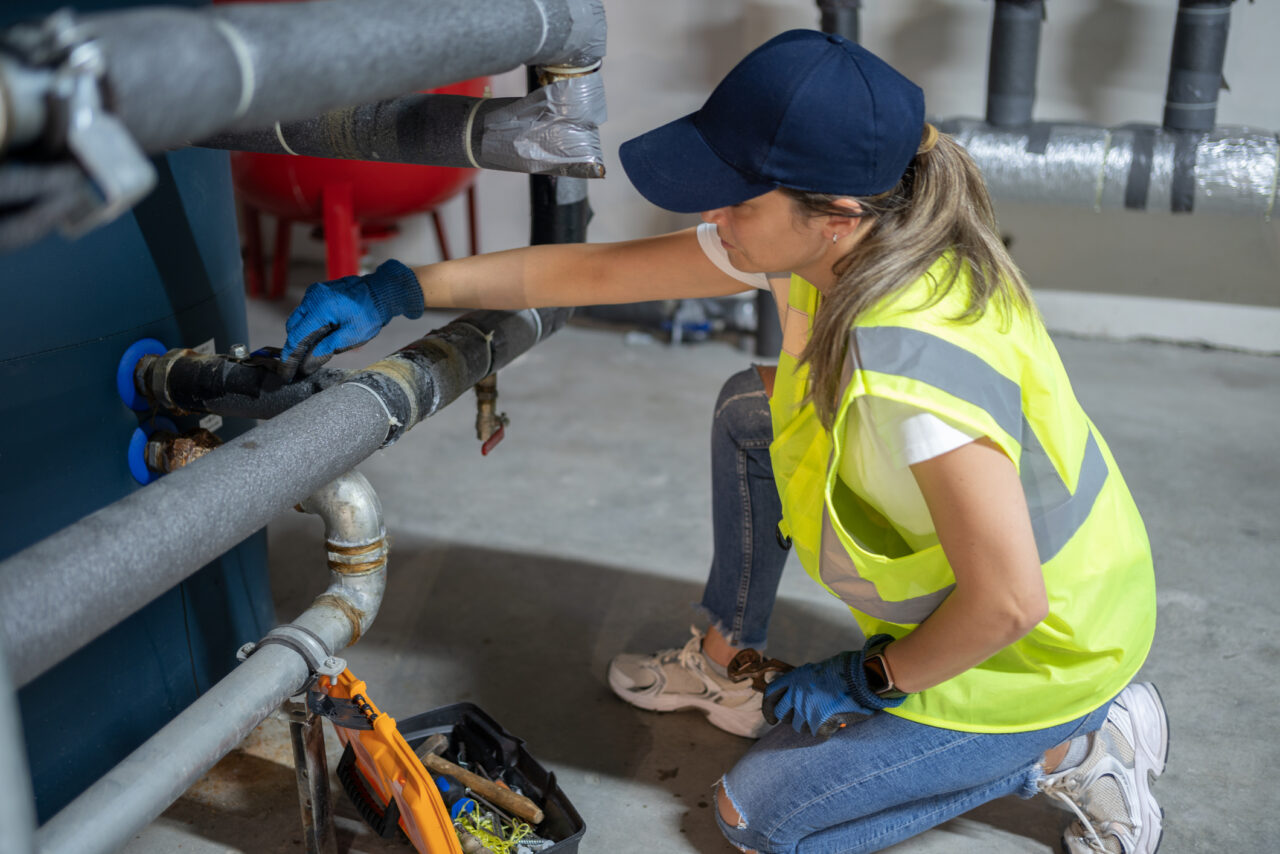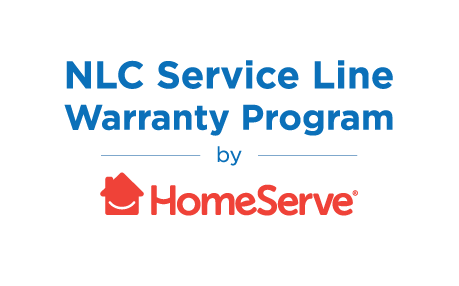Bill Eller, Vice President of Business Development, HomeServe
The dangers of lead exposure are well understood, and the replacement of lead water service lines is a key factor in limiting this exposure. The Bipartisan Infrastructure Law has earmarked $15 billion for lead pipe replacements; however, that figure is considerably short of what will be required to replace an estimated 9.2 million lead service lines (LSLs) currently serving water to properties in communities across the United States. Financially disadvantaged areas are more likely to have lead water service lines. A Governmental Accountability Office report found that even in neighborhoods consisting of older homes, more affluent neighborhoods were less likely to have lead service lines.
For municipalities wishing to take advantage of federal funding for LSL replacements, there are many requirements they must meet, the first of which is creating a service line inventory. The deadline for water providers to submit an inventory to their states, October 16 this year, is fast approaching. According to an EPA fact sheet, the inventory must classify service lines using one of four categories: Lead, Galvanized Requiring Replacement, Non-Lead, and Unknown. The federal government has established an accelerator program that provides technical assistance to help underserved communities access funding; however, other communities face an uphill climb both in accessing funding and executing lead line replacements for their residents.

Public-private partnerships (PPPs) can help with all aspects of this process, as implementing and administering such a complex and resource-intensive program may burden staff and detract from core activities.
For example, environmental engineers and consultants can assist municipalities with locating and identifying service lines for initial and updated inventories, creating site-specific models and maps, and developing and executing water sampling and testing plans.
Providers of water line protection plans can offer comprehensive line replacement support, including appointment setting, contractor scheduling and deployment, and reporting. Additionally, offering homeowners optional protection for water line breaks can help to proactively address lead lines, as water line protection plan terms and conditions often include the requirement to fully replace any lead line that is encountered during a repair event.
The NLC Service Line Warranty Program by HomeServe is working to protect cities and their residents by offering solutions backed by superior service. Click here to learn more.
Explore Savings and Solutions Offered by HomeServe
NLC is proud to connect local leaders with valuable cost savings and resources for the betterment of their communities. This Summer of Savings and Solutions, learn more about the NLC Service Line Warranty Program by HomeServe and how cities can provide affordable home repair solutions to residents in their community.









